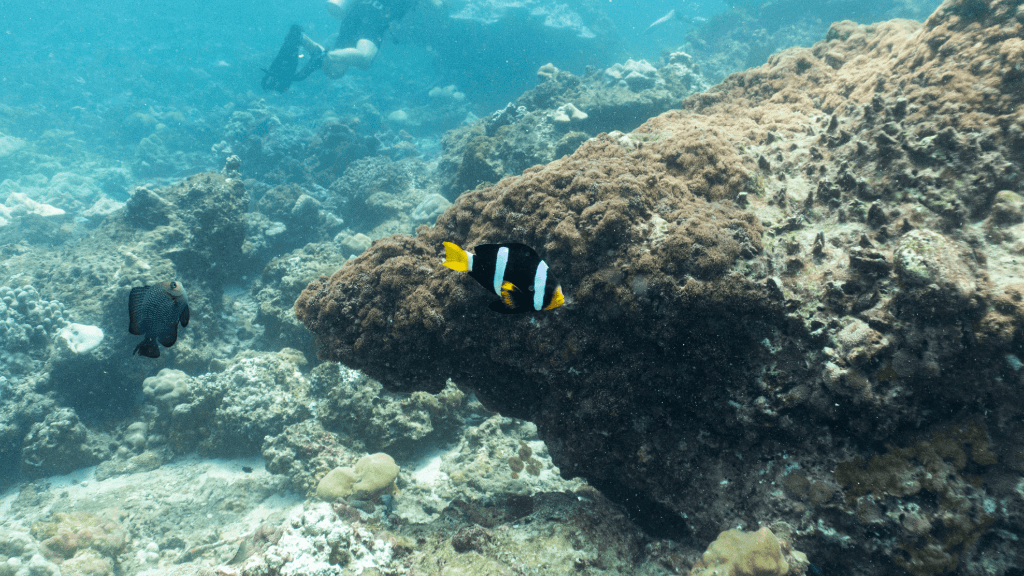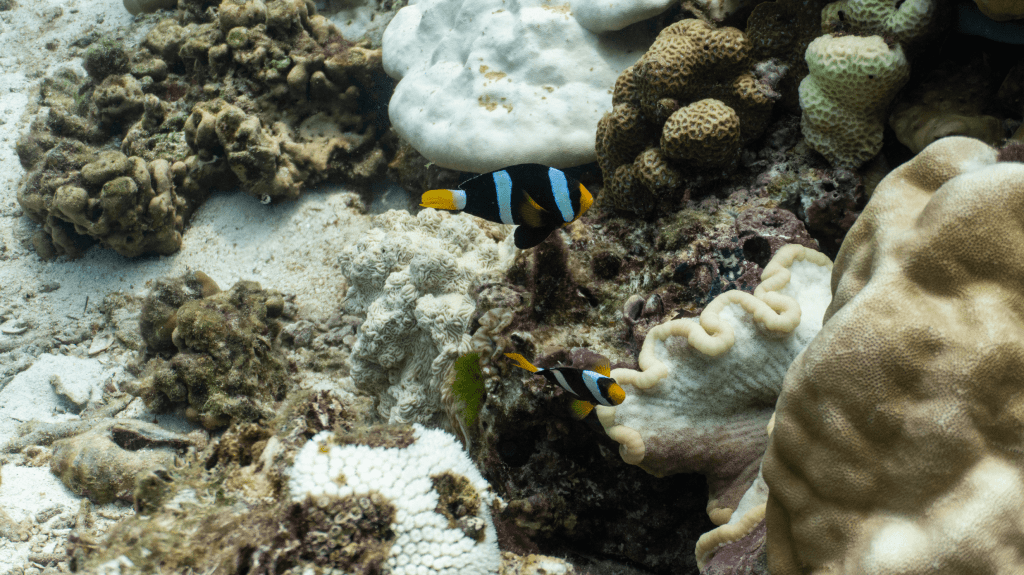Clark's anemonefish

The Clark's anemonefish (Amphiprion clarkii), also known as the Yellowtail clownfish, has distinctive bright coloration. Adults have a yellowish tail and an orange-yellow body with three white vertical bars. One bar runs across the eye, another is located mid-body, and the third is at the base of the tail. The fins also have a yellow hue, sometimes with black edges. Coloration can vary depending on the region and the age of the individual.
Clark's anemonefish inhabits the Indo-Pacific, including the Red Sea, the Great Barrier Reef, Micronesia, Polynesia, and Southeast Asia. It prefers to live in symbiosis with sea anemones on coral reefs at depths down to 60 meters.
Clark's anemonefish is omnivorous. It feeds on algae, small invertebrates, zooplankton, and leftover food particles from its host anemone. The symbiotic relationship with the anemone also helps it gain protection from predators.
Clark's anemonefish are protandrous hermaphrodites, meaning they can change sex during their lifetime. In a group, the largest individual becomes the female, and the next largest becomes the male. They lay eggs on hard surfaces near the anemone, and the male guards and cares for the clutch until hatching, which occurs after 6-8 days.
Clark's anemonefish can become aggressive when defending their territory if they feel threatened. Bites can be unpleasant, but they are not venomous and do not pose a serious threat.

